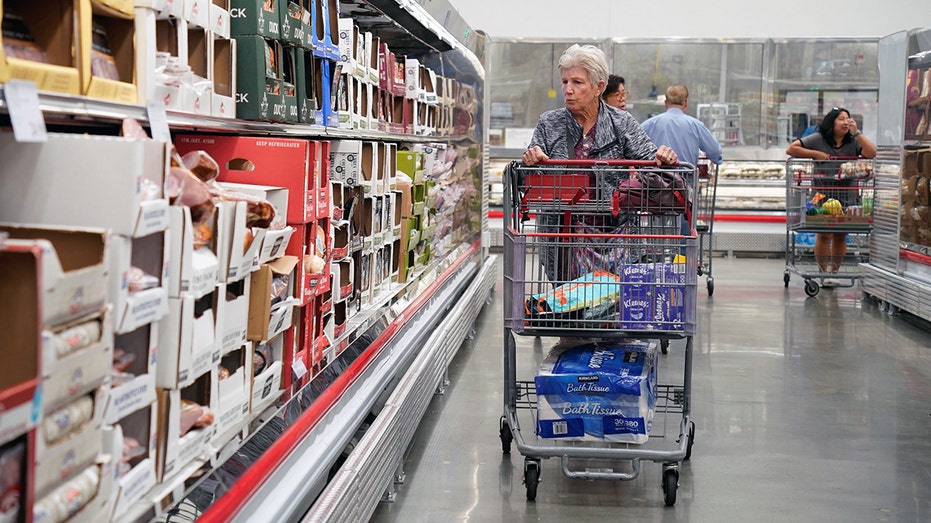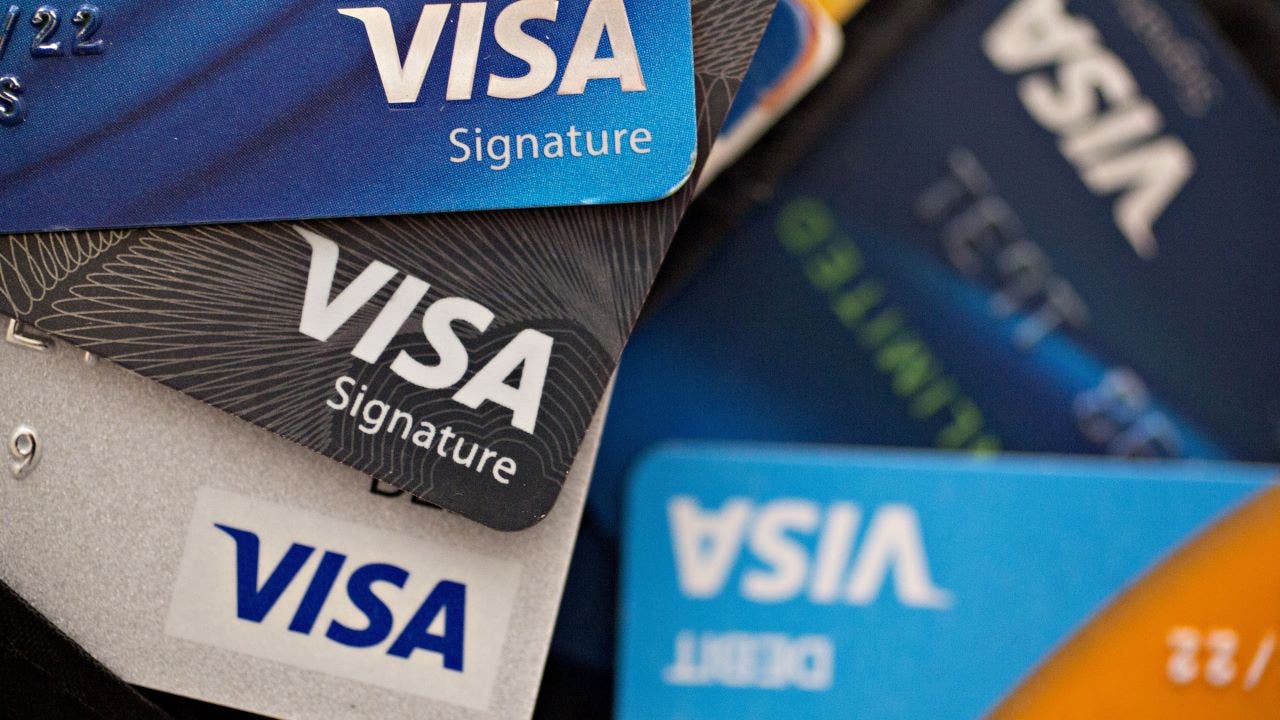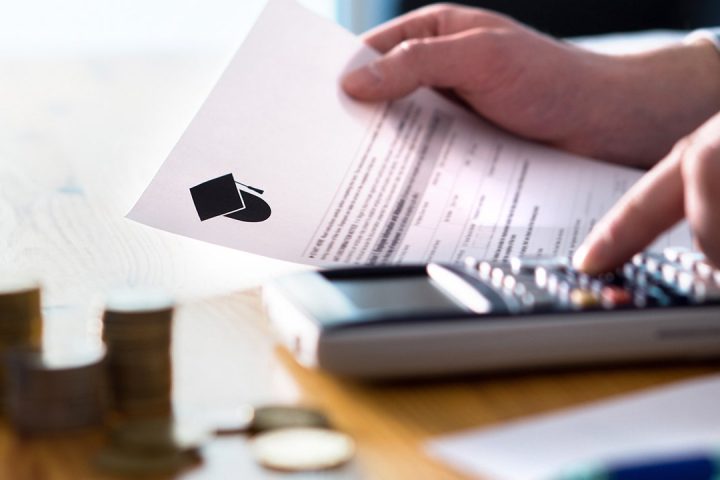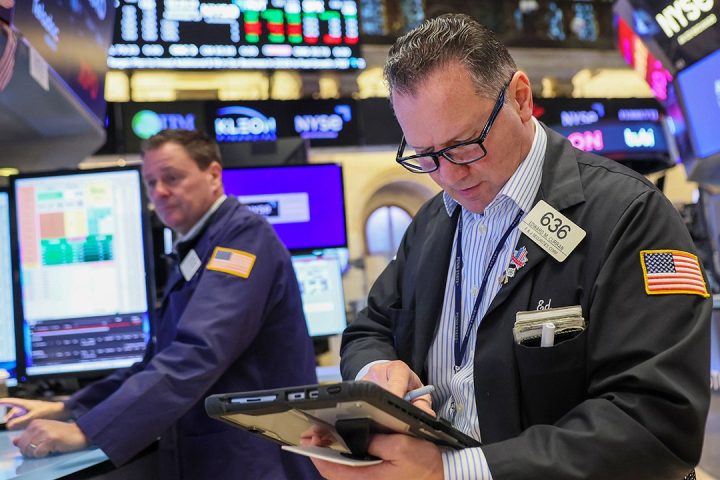A growing number of Americans are falling behind on their monthly credit card payments as they continue to battle high inflation and interest rates, according to new data published by the Federal Reserve Bank of Philadelphia.
All stages of credit card delinquency – 30, 60 and 90 days past due – rose during the third quarter of 2023, surpassing pre-pandemic levels for the first time. Delinquency rates are now approaching the highest level since 2012, the findings indicate.
The researchers found that 2.21% of credit card balances were 60 days late during the three-month period from July to September, up from 1.93% during the same period in 2019. At the same time, 3.19% of credit card balances were 30 days late, while 1.52% were in serious delinquency of 90 days or more.
401(K) HARDSHIP WITHDRAWALS ARE SURGING AS HIGH INFLATION SQUEEZES AMERICANS
“Greater consumer fragility is also evident in payment behavior, with a growing share of consumers revolving all or some portion of their cycle end balance,” the researchers wrote in the report.
As a result of the spike in delinquencies, banks are granting fewer credit line increases and reducing credit lines more frequently.
A FED PAUSE LIKELY WON’T HELP STRUGGLING CONSUMERS
The rise in credit card usage and debt is particularly concerning because interest rates are astronomically high right now. The average credit card annual percentage rate, or APR, hit a new record of 20.72% last week, according to a Bankrate database that goes back to 1985. The previous record was 19% in July 1991.

If people are carrying debt to compensate for steeper prices, they could end up paying more for items in the long run. For instance, if you owe $5,000 in debt – which the average American does – current APR levels would mean it would take about 279 months and $8,124 in interest to pay off the debt making the minimum payments.
The rise in balances comes amid the Federal Reserve’s aggressive interest rate hike campaign as it tries to crush stubborn inflation and cool the economy.
Although inflation has cooled considerably in recent months, it remains up 3.7% compared with the same time one year ago, according to the most recent Labor Department data.
The inflation spike has created severe financial pressures for most U.S. households, which are forced to pay more for everyday necessities like food and rent. The burden is disproportionately borne by low-income Americans, whose already-stretched paychecks are heavily affected by price fluctuations.
Read the full article here






